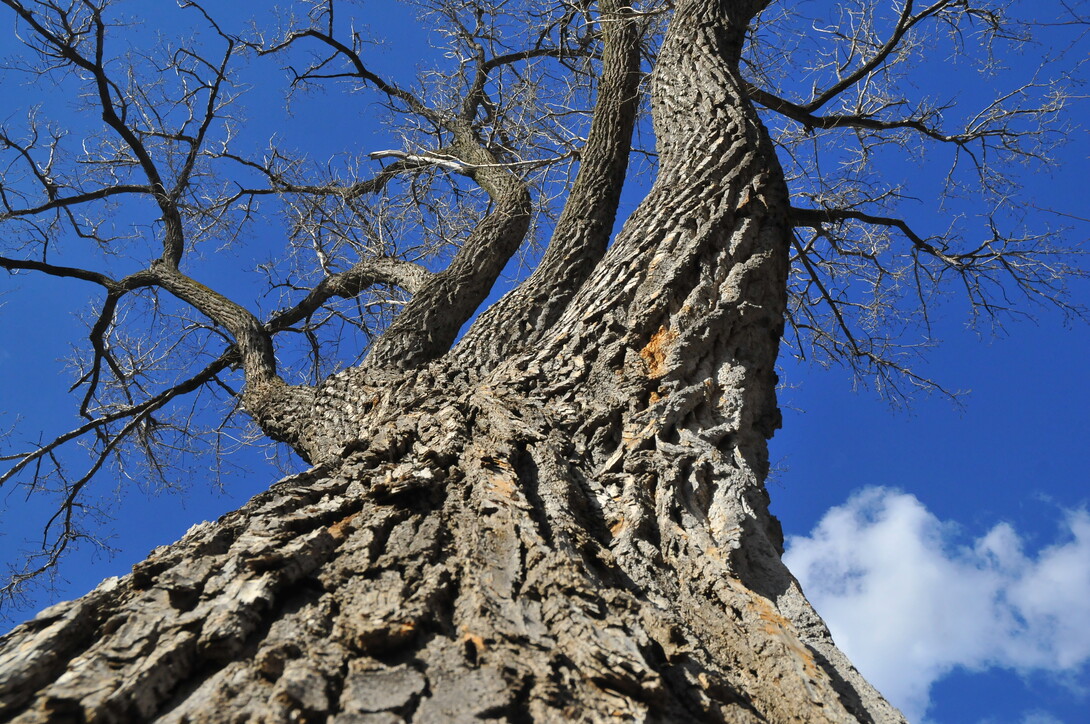
Spring has sprung bringing flowers and buds to the more than 9,000 trees on UNL’s City and East campuses.
While the Redbuds and Crabapple trees are recognized as the harbingers of spring for campus because of their bright blooms, UNL is home to many trees that are beautiful for other reasons, said Bob Henrickson, horticulture program coordinator with the Nebraska Statewide Arboretum.
Here is a list of trees that Henrickson believes are UNL’s top five most beautiful:
The Bald Cypress Tree — Found in the Maxwell Arboretum on East Campus, this tree is the largest of it’s kind in the state. With fine foliage, feathery leaves and a cinnamon-colored bark, this tree has a beautiful shape, Henrickson said. “It’s a state champion,” he said.
The Chinkapin Oak — Also found in the Maxwell Arboretum, this tree has a mostly gray bark with attractive toothed-foliage, Henrickson said. “It’s just a tree that you don’t see very often yet it’s one that has been here since the 1930s,” he said. “It’s a good example of what the intent of an arboretum is supposed to showcase — trees that deserve to be planted more.”
The Cottonwood — Nebraska’s state tree can also be found in the arboretum and is one of the few remaining cottonwoods left on both campuses, he said.
The Kentucky Coffeetree —This tree with ridged bark and tropical-looking foliage can be found just east of Morrill Hall
The Burr Oak — One of Nebraska’s most recognized native oak trees can be found by Manter Hall. With picturesque, stately branching, this tree is hard to miss. “Landscape services used to have that tree as a symbol on their T-shirt,” Henrickson said. “A lot of people admire that one.”









